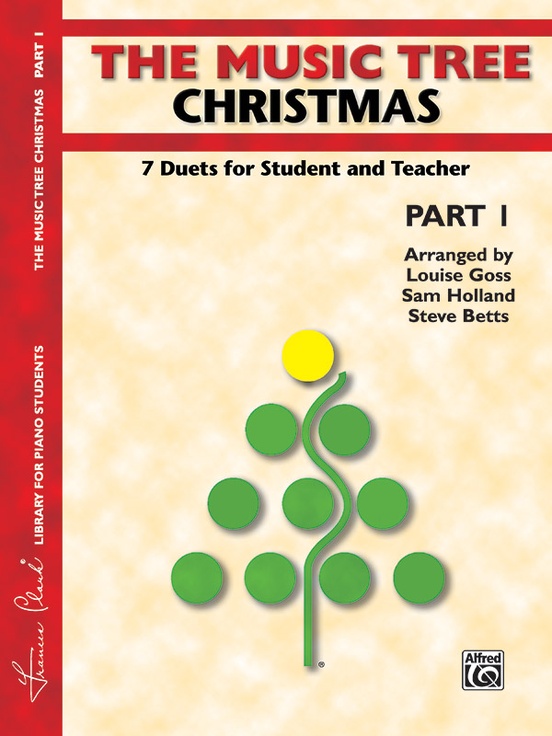

The curved ribs join the belly to the back and consist of the upper bout, middle bout and lower bout. The back is made in a similar way, either from one or two pieces of maple. The F-holes that are cut into the belly help it to vibrate near the bridge and improve the projection of sound from the body's interior. This flat piece of wood is planed to a thickness of about 3 mm in the middle and progessively thinner toward the edges to form a vault. These are then glued together so that the older wood - where the rings are closer together - are in the middle.

To make the belly a wedge is cut out of a piece of spruce and split down the middle to form two symmetrical parts. Spruce is used for the belly, maple for the back and ribs. The body is made of slow-growing wood of even density, since this type of wood offers the best resonance. The strings are stretched above and parallel to the fingerboard. The length of the fingerboard determines how far the range extends upward. The fingerboard extends beyond the neck over the body and is important for intonation. The pegs, which are used to adjust the tension of the strings, are found in the four peg holes in the pegbox: the instrument is tuned by turning the pegs. The head, with the pegbox and scroll, is a continuation of the neck. The circumference is the same along its entire length which makes it easier for the left hand to slide up and down to different positions). The neck plays an important role in playing technique and is about 13 cm long and angled slightly back from the body. The body not only gives the violin its characteristic appearance but also determines the sound quality as it is the instrument's resonator. It consists of three main parts, the body, the neck and the head, which are composed of a total of 80 separate components. The violin is the soprano instrument of the violin family (violin, viola, cello). Mute: Comb-shaped device made of metal or maple which damps the vibration of the bridge.

Bow: Length: 74 cm rod, point, adjustable frog.Material: gut, silver, copper, aluminum, steel, nylon. Strings: Length of the vibrating strings: 32.8 cm, 4 strings, tuned to intervals of a fifth: G3, D4, A4, E5.35.5 cm, box form Belly with F-shaped sound holes, back, ribs. Head: Scroll, pegbox, 4 side-mounted pegs.Classification: Chordophone, necked lute, stringed instrument.


 0 kommentar(er)
0 kommentar(er)
